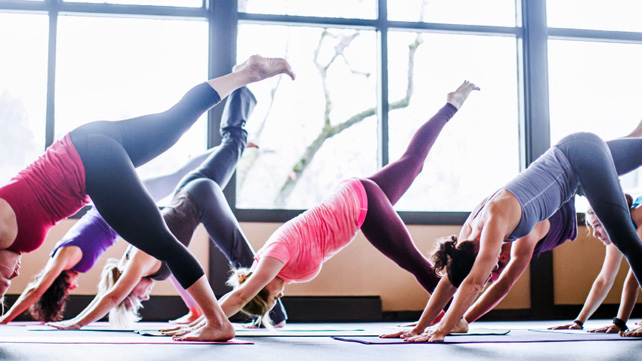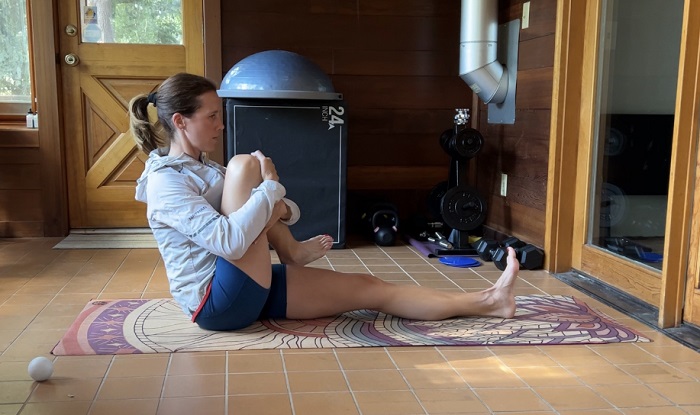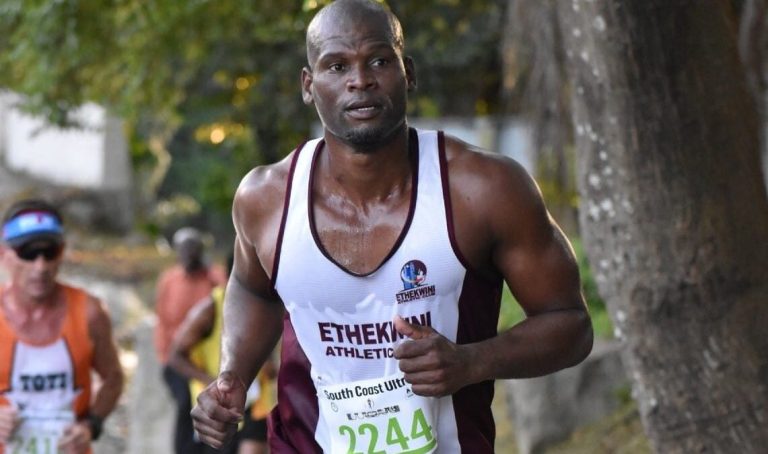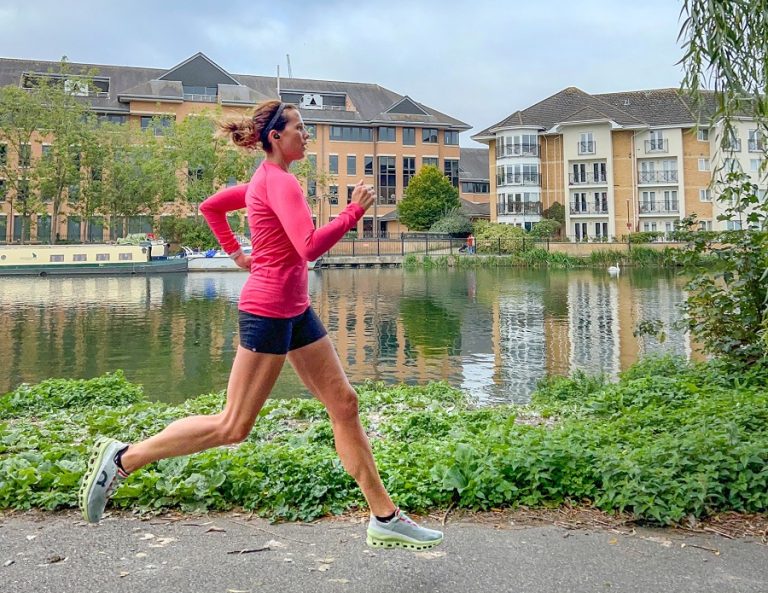How To Run In Old Age
To run in old age, start slow, warm up properly, listen to your body and wear proper gear. Running can be a beneficial and enjoyable activity for older adults.
It helps maintain fitness, improve cardiovascular health, and boost mental well-being. However, it is crucial to approach running with caution and make appropriate adjustments to accommodate age-related changes. By following a gradual progression, incorporating strength training, and prioritizing rest, older individuals can continue to enjoy the benefits of running while minimizing the risk of injury.
With the right approach and mindset, running can be a lifelong activity that contributes to overall health and vitality in old age.
Regular Exercise
Regular exercise is essential for maintaining a healthy and active lifestyle, especially as we age. Staying physically active can help older adults improve their strength, flexibility, balance, and overall well-being. Incorporating regular exercise into your routine can enhance your quality of life, allowing you to continue engaging in the activities you love for years to come. By understanding the benefits and types of exercises suitable for older individuals, you can make informed choices to promote your physical health and well-being.
Benefits Of Exercise
Regular exercise offers a multitude of benefits for older individuals. Some of the key advantages include:
- Improving cardiovascular health and reducing the risk of heart disease
- Supporting healthy weight management and promoting muscle strength
- Enhancing flexibility and balance to prevent falls and injuries
- Boosting mood and mental well-being through the release of endorphins
- Supporting cognitive function and reducing the risk of dementia
Types Of Exercises
There are various types of exercises that older adults can benefit from, and it’s crucial to find activities that suit your abilities and preferences. Some suitable types of exercises include:
- Aerobic Exercises: These include walking, swimming, cycling, and dancing, which help improve cardiovascular health and overall stamina.
- Strength Training: Incorporate resistance exercises using weights, resistance bands, or body weight to enhance muscle strength and bone density.
- Flexibility and Balance Exercises: Engage in activities such as yoga, tai chi, or Pilates to improve balance, flexibility, and posture.
- Low-Impact Activities: Opt for low-impact exercises like water aerobics to minimize joint stress while improving cardiovascular endurance.

Credit: www.active.com
Start With Low-intensity Activities
Walking
Begin your exercise routine with daily walks around your neighborhood or in a nearby park.
Water Aerobics
Consider trying water aerobics classes to benefit from low-impact movements in a supportive environment.
Strength Training
Strength training is crucial for old age individuals to maintain muscle mass and bone density, improve balance, and prevent age-related injuries.
Importance Of Strength Training
- Enhances muscle strength and endurance.
- Improves joint flexibility and overall mobility.
- Boosts metabolism and aids in weight management.
Exercises For Strength Training
- Bodyweight squats
- Dumbbell curls
- Lunges
- Shoulder presses

Credit: www.reddit.com
Flexibility Exercises
Flexibility exercises play a crucial role in maintaining mobility and preventing injury as we age. By incorporating a regular flexibility routine into your exercise regimen, you can improve your range of motion, reduce muscle tension, and enhance overall physical performance. This section will highlight the benefits of flexibility exercises for older adults and provide examples of simple yet effective exercises that can be integrated into your daily routine.
Benefits Of Flexibility Exercises
Engaging in regular flexibility exercises offers a myriad of benefits for older adults. Enhanced flexibility can aid in performing daily activities with ease, such as bending, reaching, and twisting, which are essential for maintaining independence and functional mobility. Additionally, it can help alleviate joint stiffness, reduce the risk of injuries due to falls, and enhance athletic performance for those who enjoy sports or recreational activities.
Examples Of Flexibility Exercises
There are various flexibility exercises that seniors can incorporate into their workout regimen to improve mobility and reduce the risk of musculoskeletal issues. These exercises focus on stretching major muscle groups to maintain flexibility and joint function. Here are some examples of flexibility exercises:
- Neck stretches: Slowly tilt your head from side to side, then forward and backward to stretch the neck muscles.
- Shoulder stretches: Gently roll your shoulders backward and forward to alleviate tension and improve shoulder mobility.
- Hamstring stretches: While sitting or standing, extend one leg forward and gently lean forward to feel the stretch in the back of your thigh.
- Calf stretches: Stand near a wall, place one foot behind you, and lean forward to stretch your calf muscles.
- Seated spinal twist: While sitting, twist your upper body to each side to improve spinal mobility and reduce stiffness.
Safety Measures
When it comes to running in old age, safety measures are of utmost importance. Taking proper precautions can help minimize the risk of injuries and ensure an enjoyable running experience. In this article, we will discuss important safety measures that older adults should consider before hitting the pavement.
Consulting A Doctor
Before starting any new exercise program, it is crucial to consult a doctor, especially in old age. Your doctor can assess your overall health and help determine if running is a suitable activity for you. They can also provide valuable advice on any specific considerations or limitations you may need to keep in mind.
Using Proper Gear
Using the right gear can make a significant difference in your safety and comfort while running. Here are a few considerations to keep in mind when selecting your running gear:
- Footwear: Invest in a pair of running shoes that provide proper cushioning and support. This will help protect your joints and reduce the risk of strains and injuries.
- Clothing: Opt for moisture-wicking and breathable fabrics to keep you cool and dry during your runs. Dress in layers, especially in colder weather, to regulate body temperature.
- Visibility: Choose brightly colored or reflective clothing to enhance your visibility, especially when running during low-light conditions.
In addition to the gear mentioned above, it’s essential to wear a properly fitted sports bra (for women) and comfortable socks to reduce friction and blister formation.
By following these safety measures and taking necessary precautions, older adults can continue to enjoy the many benefits of running while minimizing the risk of injuries. Remember, it’s always better to be safe than sorry!

Credit: www.science.org
Frequently Asked Questions On How To Run In Old Age
How Does Running Benefit Old Age?
Running in old age helps maintain cardiovascular health, improve bone density, boost metabolism, and enhance mental well-being.
What Precautions Should Old People Take While Running?
Old people should warm up properly, wear appropriate footwear, stay hydrated, listen to their bodies, and consult with a doctor before starting any rigorous running routine.
How Often Should Old People Run?
Old people should aim to run at least 3-4 times a week, with rest days in between to allow their bodies to recover and prevent overexertion.
Conclusion
Incorporating running into your old age is an achievable goal with the right approach and mindset. By focusing on proper form, gradual progress, and regular strength training, you can maintain your running routine well into your senior years. Remember to listen to your body and consult with a healthcare professional, and take every step with a commitment to your well-being.
With dedication, you can continue to enjoy the physical and mental benefits of running in your old age.







